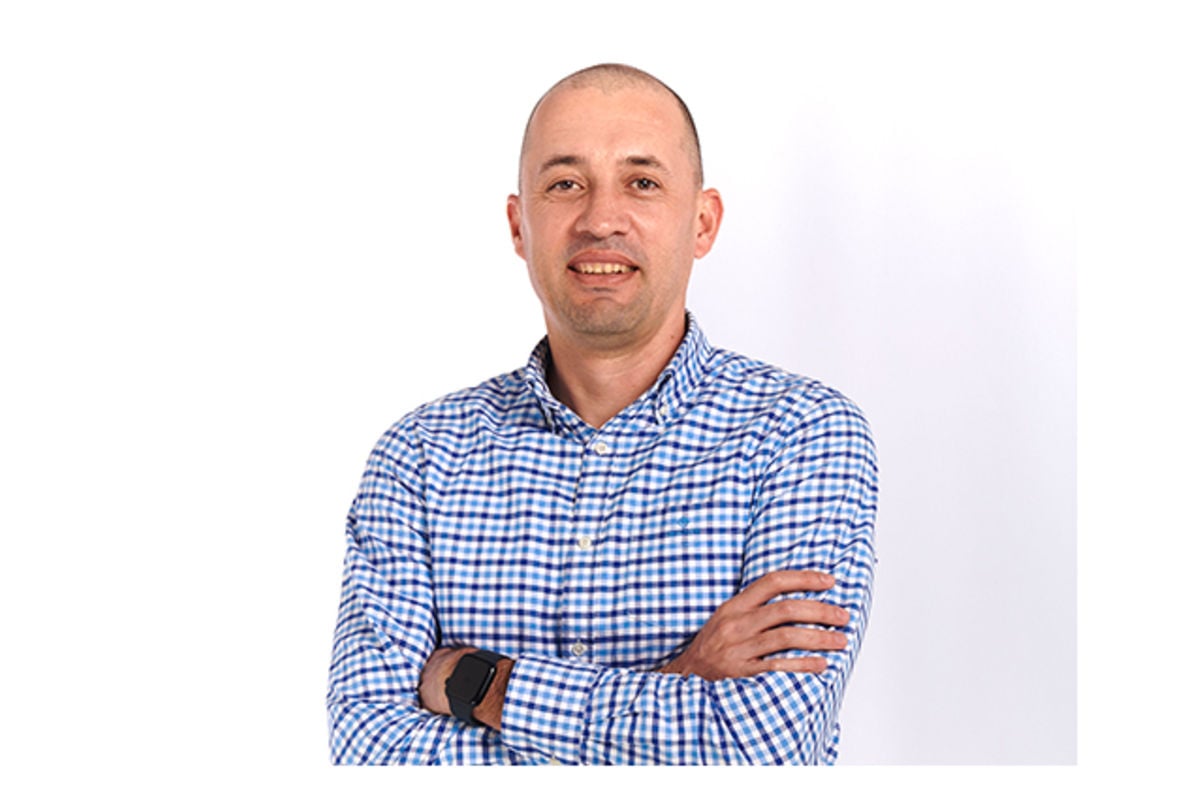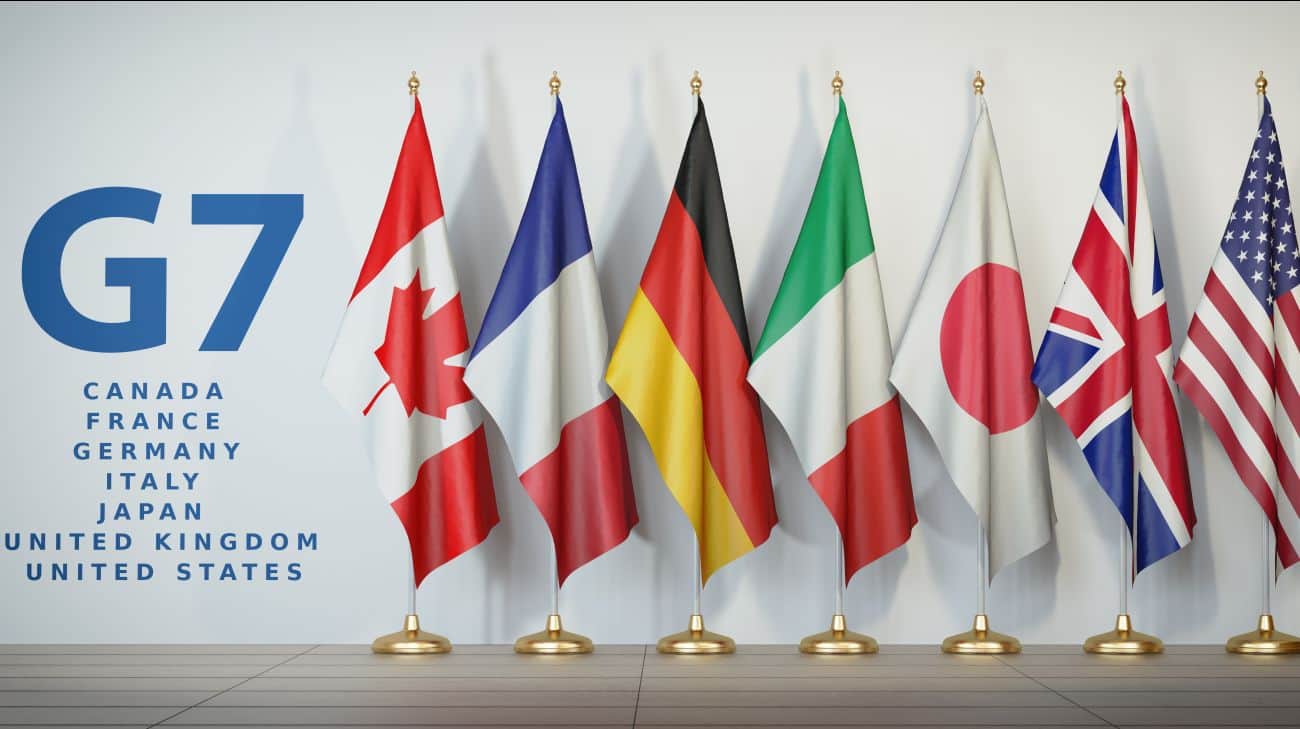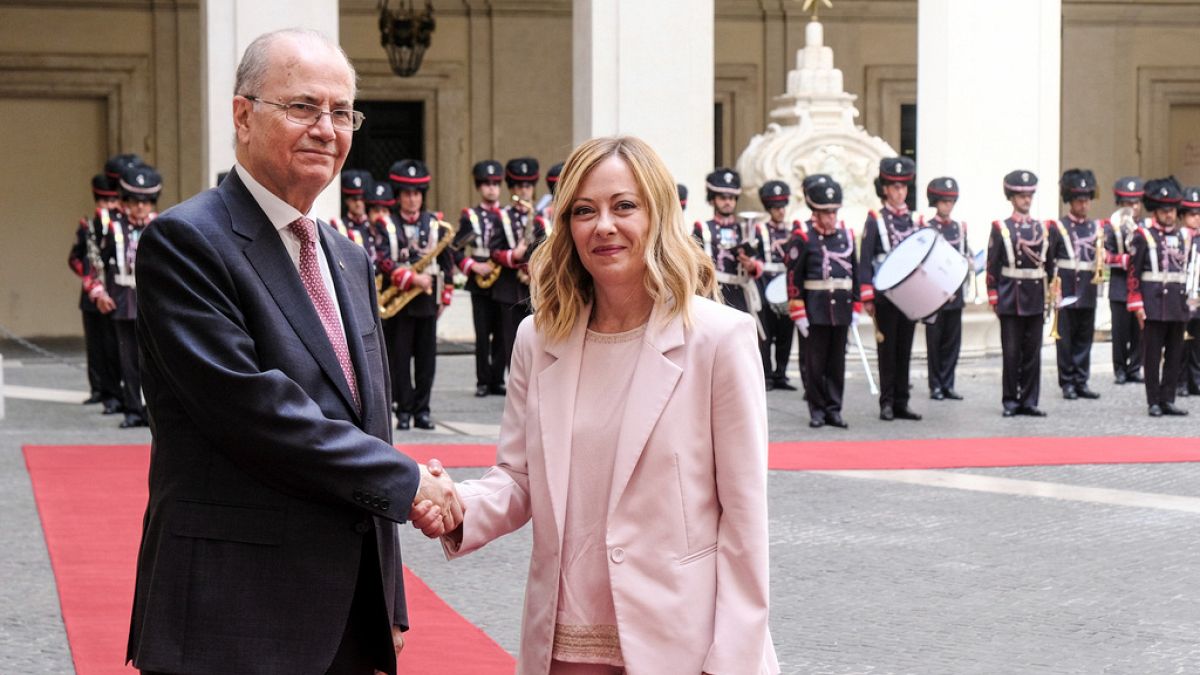Vermont
Vermont Legislature is deciding who should be allowed to do surgery on your eyes
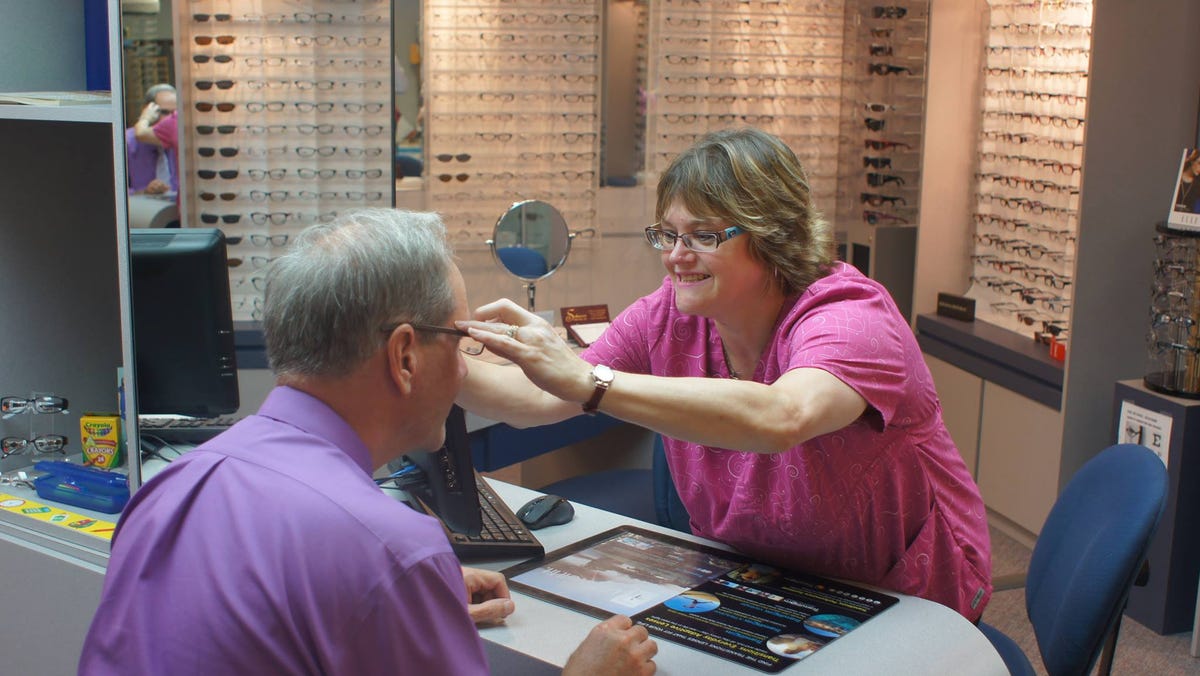
Vermont’s optometrists and ophthalmologists are battling over who is allowed to do surgery on your eyes.
A bill being considered by the Vermont Legislature would allow optometrists to perform certain surgeries that are currently the exclusive purview of ophthalmologists. Ophthalmologists are medical doctors and surgeons, while optometrists are primary eye care providers.
Dean Barcelow, president of the Vermont Optometric Association, explained optometrists complete four years of undergraduate training, followed by four years of graduate training on the eye, earning a Doctor of Optometry.
Dr. Jessica McNally, president of the Vermont Ophthalmological Society, said all ophthalmologists are physicians and surgeons, completing four years of an undergraduate degree program followed by four years of medical school. After medical school, ophthalmologists spend four to six years of residency and fellowship training that can include specialties such as general surgery, emergency medicine and internal medicine, but focuses primarily on advanced medical and surgical treatment of the eye, according to McNally.
Historically, optometrists have handed off to ophthalmologists for procedures including surgeries, injections and lasers, but that line is being blurred by legislation like that now being considered in Vermont. Recently, South Dakota became the latest state to expand the scope of work for optometrists − as the terminology goes − to include surgeries that previously only ophthalmologists could perform. The argument made by optometrists is that it expands on the in-office procedures they already do, increasing access and lowering costs for patients. The counter-argument made by ophthalmologists is that it’s dangerous, because optometrists don’t have the training or experience required.
What are the procedures and surgeries optometrists would like to do that they can’t do now?
The surgical procedures Vermont optometrists want to add to their wheelhouse can be broken down into three “buckets,” Barcelow said. The first bucket is injections into the “superficial eye,” or the eyelid, not into the eye. Optometrists also want to be able to inject dye into a patient’s veins to look for leaky blood vessels in the eye.
The second bucket is the removal of small, benign lesions, such as skin tags on the eyelid or close to the eyelid. The third bucket, Barcelow said, contains three “very well-defined laser procedures.” The first is related to cataract surgery.
“When you have cataract surgery they put a new lens in the eye and take the cloudy one out,” he said. “Sometimes six months, sometimes 10 years later a film will grow on the back of that lens and we’ll zap it off with a laser. It takes two to three minutes, or longer if the film is thick or the patient is jumpy.”
The second procedure involves using a laser to add an “emergency drain” to the eye when the natural drain closes up and fluid begins to build up. The third laser procedure also has to do with improving draining by stimulating the tissue that drains the eye to become more efficient, which is particularly useful for glaucoma patients in early stages of the disease, or who can’t take drops, according to Barcelow.
“This isn’t something that’s a giant deviation,” Barcelow said of the procedures. “We already use sharp and scary things around the eye.”
Barcelow accused ophthalmologists of “saber-rattling” to make people nervous.
“Name anybody you would like to come near your eye with a scalpel,” he said.
Ophthalmologists say the surgeries optometrists want to do are not as easy as they would have you believe
McNally addressed each of Barcelow’s buckets. First bucket: injections into the superficial eye − the eye ball − and the ability to inject dye into patients’ veins to check for leaky blood vessels in the eye.
On the subject of injecting dye to check for leaky blood vessels, called a “fluorescein angiogram,” McNally said the injection often causes nausea and sometimes vomiting and potentially anaphylaxis, a life-threatening allergic reaction.
“I don’t do them in my office,” McNally said of fluorescein angiography. “There’s testing equipment − a camera − that provides similar if not the same results and is widely used by optometrists. We don’t understand why they want to do angiograms.”
With regard to the second bucket, removing small benign lesions in the eye, McNally said the question of whether a lesion is benign is fraught with uncertainty.
“Optometrists would say they are trained to figure out whether a lesion is benign or malignant and make a decision whether or not to take them off,” McNally said. “Our specialists who take care of eyelid lesions will tell you they’ve been surprised and taken off lesions they thought were benign and were malignant. We’re very concerned about misdiagnosis. One of the things that concerns us is the simplicity with which (Barcelow) presents these lesion removals.”
McNally also contends optometrists underplay the significance of cutting off a lesion near the eye.
“Removing lesions and cysts requires using a scalpel, with sutures afterward, and the potential for unexpected bleeding,” McNally said. “We’ve discussed with the Office of Professional Regulation and legislators that it’s very difficult to anticipate whether or not you’re going to need to place sutures and you have to be ready for that.”
And finally, lasers. McNally said she is very disturbed by the prospect of optometrists, who don’t have the extensive training and experience of using lasers on patients that ophthalmologists have, doing the procedures in Barcelow’s third bucket.
“The reason these lasers seem quick and easy, as optometrists claim, is because we’re trained to use them, and it’s supposed to be easy for the patient,” McNally said. “It’s not easy for the surgeon doing it. You could do a lot of damage if you don’t do it right because you don’t have the experience.”
State report gives both sides victories, but should the report have been written in the first place?
The Office of Professional Regulation issued a 258-page report requested by legislators on Oct. 31, 2023, that recommended expanding optometrists’ scope of practice to include specific injection and laser and non-laser surgical procedures. OPR qualified that recommendation by saying only optometrists with a “specialty endorsement license” should be permitted to perform these advanced procedures.
To get the specialty endorsement license, optometrists would have to complete a post-degree “preceptorship” − essentially instruction − in performing the advanced procedures on “live, human patients.” Optometrists would also have to pass examinations showing they know how to do the laser and non-laser surgeries and injections.
Finally, optometrists performing these advanced procedures would be required to report the outcomes to OPR biennially, and to report “adverse events” to OPR immediately.
On the questions of improving access and lowering costs for the procedures optometrists would be able to do, OPR said it was unable to determine whether expanding the scope of practice for optometrists would do either, undermining a key argument optometrists make for taking this step. As a result, both sides claimed victory after the OPR report was issued.
McNally sees a bigger problem with the OPR report. She doesn’t think OPR should have been put in the position of creating the report in the first place.
“How do you assure patients are safe when there’s no standardized surgical training?” she said. “OPR has been forced into this position. They had to make a recommendation based on what they were asked to do. This is what they came up with. I don’t feel they have the medical expertise to make recommendations. Clearly they don’t think optometrists are trained to do these surgeries, or they wouldn’t require them to go for more training.”
Contact Dan D’Ambrosio at 660-1841 or ddambrosi@gannett.com. Follow him on X @DanDambrosioVT.

Vermont
Obituary: Dr. Michelle Leigh Perron, 1968-2024
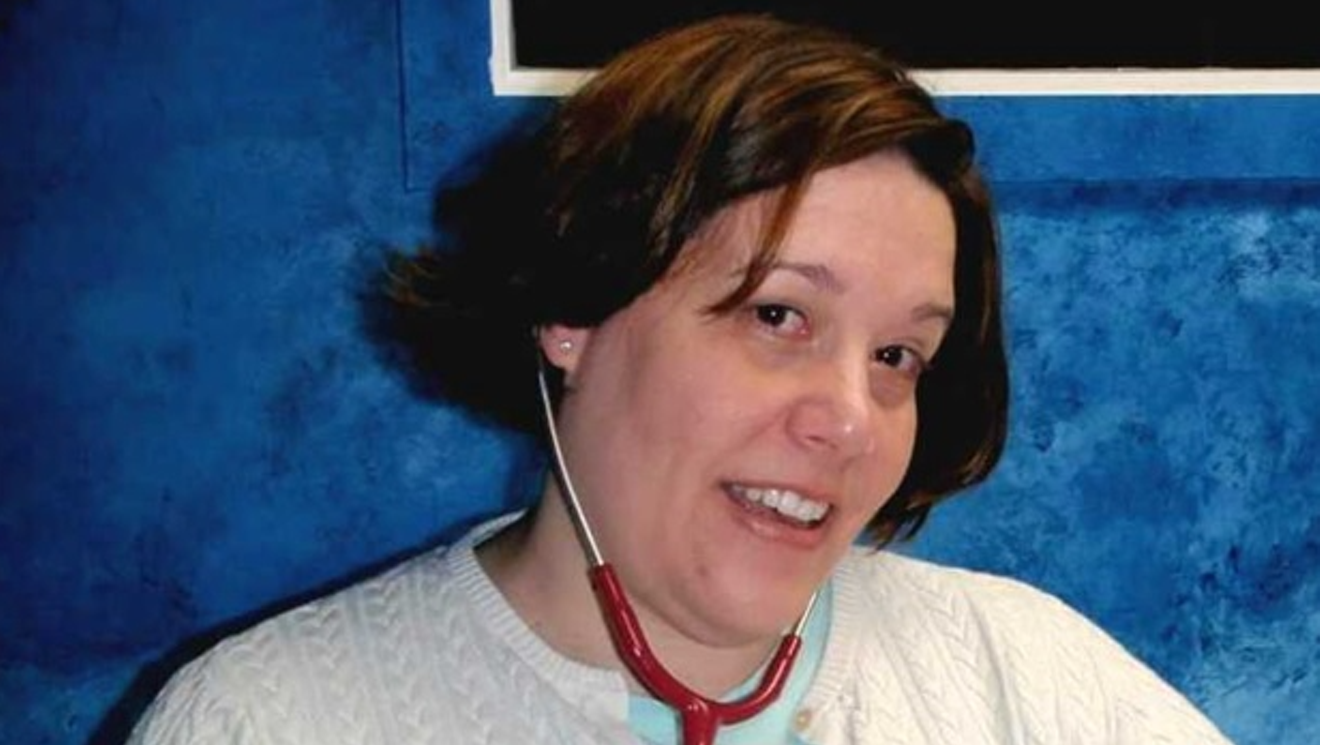
Dr.
Michelle Leigh Perron, “Michelle,” age 56, beloved daughter,
wife, sister, aunt, friend and dedicated medical provider, passed
away unexpectedly on May 17, 2024, at home in Waterbury, Vt. Michelle
embodied how to live a life grounded in caring, compassion and love.
Michelle
was born on March 23, 1968, in Northfield, Vt. She was the beloved
daughter of Winston “Win” and Marylou Perron. Michelle grew up in
Montpelier and graduated from Montpelier High School in 1986. She
also graduated from Colby College in Waterville, Maine, and later
from the University of Vermont College of Medicine. Michelle’s
greatest passion in life was being a pediatrician. Michelle was a
dedicated partner in the Timberlane Pediatrics Group, providing care
for many families in the community. She exemplified her passion for
her work and care for others through her focus, commitment and
tireless dedication.
Michelle
was always driving herself to improve and succeed. In school, she
stayed focused on learning; the result was good grades, the reward
was knowledge. She pushed herself and her teammates, whether on the
basketball court or the softball diamond. She was inspired to follow
her Grandmother Clark, “Ginn,” who lived with the family, to
pursue a career in the medical field. Ginn spent her life as a nurse,
serving others and baking for the family, two passions Michelle
carried on in her life. She would take care of all of her patients,
get home late, and still find the time to make homemade birthday
cakes for her nieces and nephews or that famous Christmas tree bread
for Christmas morning. These behaviors were core to who she was, both
growing up and as an adult. Who she was at heart never changed for
Michelle.
On
August 21, 2010, Michelle married James “Jim” Percy, and they
made their home in Waterbury. Michelle and Jim shared their home with
Michelle’s parents and many canine and feline “children.”
Michelle and Jim graciously offered their home as the gathering place
for Thanksgiving and other family events. Michelle was the consummate
homemaker, aka Superwoman, too. Over the years, many nieces, nephews
and cousins from all parts of the family attended her cookie-making
sessions, while elders enjoyed her rum balls. Other hobbies and
interests included gardening along with her adoring pets, Booker,
Brise, Bruce and Baxter.
Survivors
include her parents, Win and Marylou Perron; husband, Jim Percy;
brother, Kevin Perron, and his wife, Christine; and many uncles,
aunts, cousins, nieces and nephews.
Calling
hours will be held on Thursday, May 30, 5 to 8 p.m., at Guare &
Sons Funeral Home, 30 School St., Montpelier, VT 05602.
The
family will have a private interment ceremony at a future date. In
lieu of flowers, please consider supporting local charities that were
important to Michelle. You can make memorial contributions in memory
of Michelle Leigh Perron, MD, to the UVM Children’s Hospital, 111
Colchester Ave., Burlington, VT 05401, or to Central Vermont Humane Society, 1589 VT Route 14 S, E. Montpelier, VT 05651.
Vermont
Vermont colleges celebrate 50 years of NCAA Division III sports

CASTLETON, Vt. (WCAX) – 50 years of organized sports at the Division III level may not seem that long, but each minute means the world to those who play the games. While Middlebury and Norwich have racked up the hardware in recent decades, neither school was part of the original D-III back in 1973.
Three state colleges were: Castleton, Lyndon, and Johnson, three key cogs of the newly formed Vermont State University. Middlebury has grown into one of the benchmark athletic departments in Division III since their entry into championship competition in the mid-90′s.
Current women’s lacrosse head coach Kate Livesay played on both the field hockey and lacrosse team at the turn of the Millenium.
“It’s really changed,” Livesay said. “In fact, when I was a player was when we first got boundaries. And then after I graduated, googles came into the mix. So it’s really adapted and evolved over the last 20-25 years.”
And they’re not alone. The eleven schools of the NESCAC have made the league a powerhouse across the scale of D-III sports
“When I started here, it was kind of the first NESCAC tournament,” LIvesay said. “When we talk about preparation for the NCAA tournament, I think you know you’ve been tested like that every week of your season. You were really prepared in a different way going into NCAA’s.”
But success isn’t just defined on the turf, ice, or hardwood for college athletes in Vermont. Many devote their time to improving the student athlete experience for everyone. The Student Athlete Advisory Committee was created in 1989, and Castelton sprinter Zackary Durr is the national representative for the Little East Conference.
“It’s realy nice to be able to meet different athletes from different schools,” Durr said. “And it’s just really good, especially for this university, just to be able to have us showcased at the national level.”
Durr says the goal of the committee is to encourage student athletes to give back to their communities and help build friendly relationships between on-field rivals.
“Get more student ahtletes involved and wanting to do more community service,” Durr explained of the organization’s goals. “Do more social events to have student athletes from different teams get to know each other better. I think its really important to have all of our student athletes backing each other.”
“After whistle blows, you’ll se the teams intermix, you’ll see best friends catching up, who went to high school together or played club,” Livesay added. “You’ll see coaches shaking hands and catching up about their families. So for me, what this experince is about, demanding so much of ourselves and our players, and going out and just playing hard and being really proud of what we put on the field but being collegial and respectful of our opponents all along the way.”
Castleton just had an athlete earn All-American honors at the D-III Track and Field Championships, with Harrison Leombruno-Nicholson finishing 11th nationally in javelin, while Middlebury’s women’s lacrosse team will look to claim a 4th straight national championship on Sunday afternoon.
Copyright 2024 WCAX. All rights reserved.
Vermont
Obituary: Marion Elizabeth (Provost) Blanchette, 1929-2024
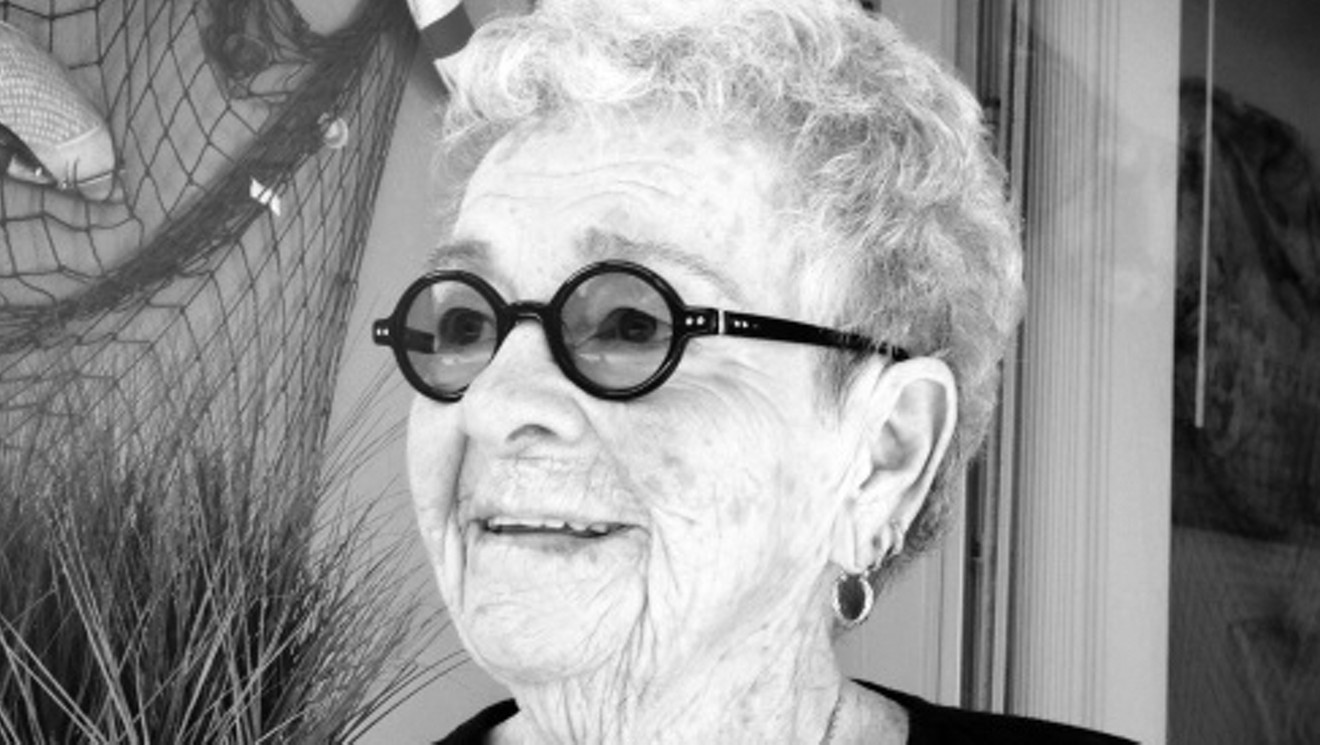
Marion Elizabeth (Provost) Blanchette, 95, of South Burlington died on May 21, 2024.
She was born to the late Edith (Ellwood) Provost and Daniel Provost on February 13, 1929, in Burlington. She married William George Blanchette in 1946, shortly after he returned from the war.
William and Marion spent their married lives in several towns in Chittenden County: Winooski, Burlington, Colchester and South Burlington. They wintered for many years in Palm Bay, Fla.
Marion attended Cathedral High School and worked for 35 years for the Catholic Diocese of Vermont, primarily at the Cathedral of the Immaculate Conception and Saint John Vianney Church.
She was predeceased by her husband, William, and her three siblings: Danny Provost, Bob Provost and Peggy (Provost) Bostock.
Marion is survived by her son, Bradley Napoleon Blanchette, and his spouse, J. Timothy Bourne, of North Hero; and her daughter, Laurie Edith Blanchette, and her companion, Stephen Daily, of South Burlington. She is also survived by her three grandchildren: Bradley Stevens, Mason Stevens and Cole Stevens. Additionally, she is survived by many nephews, nieces, great-nieces, great-nephews, great-great-nieces, and great-great nephews.
In lieu of flowers, the family requests that donations be made to the McClure Miller Respite House of Colchester, Vt.
A
mass of Christian burial will be held on June
3, 2024, 11 a.m., at Saint John Vianney’s in South
Burlington, where Marion and William were long-standing parishioners.
The family has chosen not to have a viewing. Immediately following
the funeral, Marion will be buried at Resurrection Park, adjacent to
the church.
Arrangements are in the care of Ready Funeral & Cremation Services. To send online condolences, please visit readyfuneral.com.
-

 Politics1 week ago
Politics1 week agoVulnerable Dem incumbents move to the center in key swing states as Biden panders to far-left base
-

 World1 week ago
World1 week ago‘Monstrous crime’: World reacts to attack on Slovakia’s prime minister
-

 News1 week ago
News1 week agoHow a migrant aid group got caught up in a right-wing social media thread : Consider This from NPR
-

 Politics1 week ago
Politics1 week agoSouthern border migrant encounters decrease slightly but gotaways still surge under Biden
-

 World1 week ago
World1 week agoSlovakia PM Robert Fico in ‘very serious’ condition after being shot
-

 Movie Reviews1 week ago
Movie Reviews1 week agoGuruvayoor Ambalanadayil movie review: This Prithviraj Sukumaran, Basil Joseph-starrer is a total laugh riot
-

 Movie Reviews1 week ago
Movie Reviews1 week agoIs Coppola’s $120M ‘Megalopolis’ ‘bafflingly shallow’ or ‘remarkably sincere’? Critics can’t tell
-

 World1 week ago
World1 week agoTaiwan grapples with divisive history as new president prepares for power





